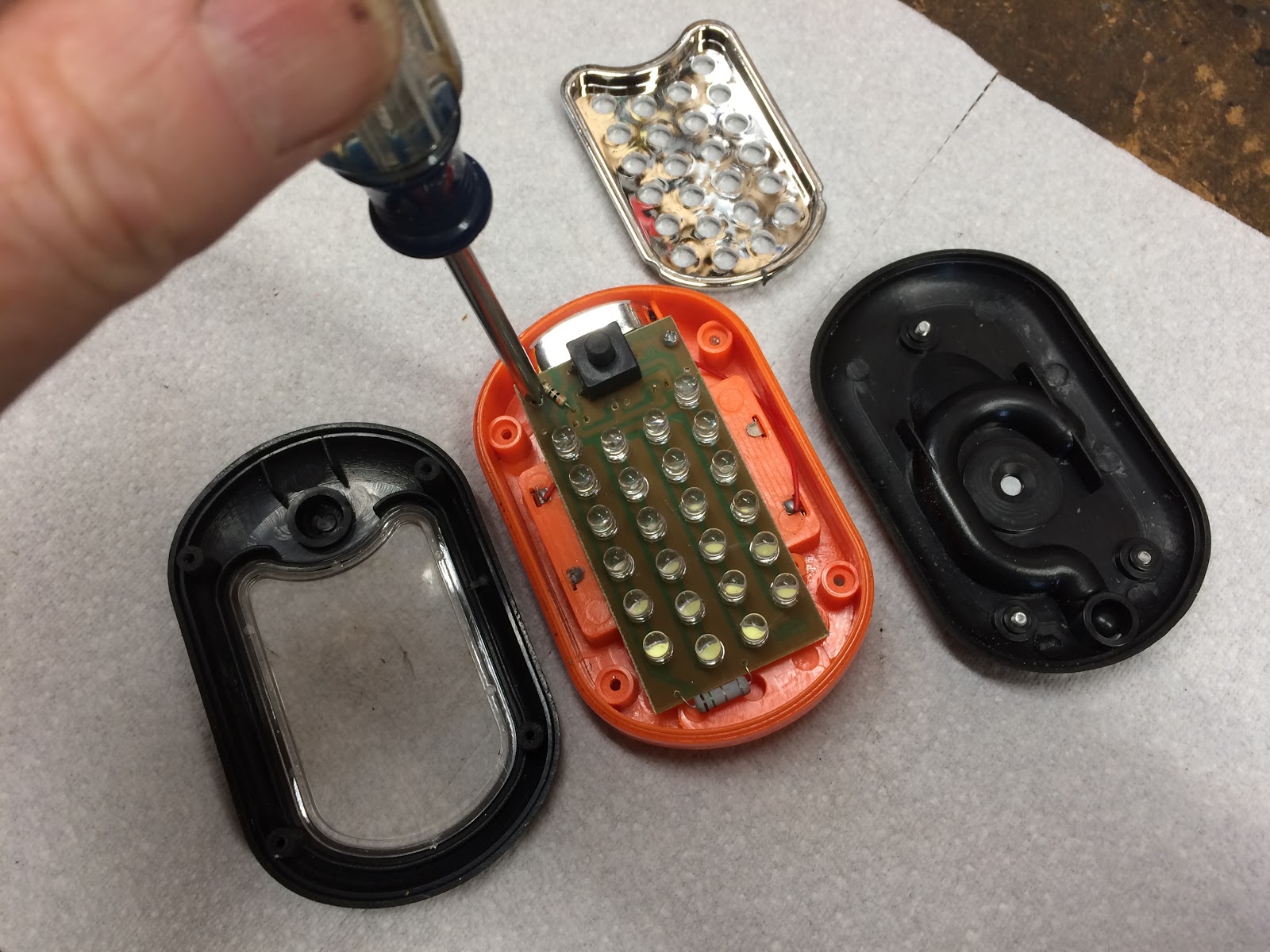

MSD offers a series of adhesive tapes for each popular balancer diameter which are accurate enough to use in lieu of a dial-back light. This can be done with a degreed balancer, but these are expensive.

Plus, you may also want to know what the total mechanical advance is and at what rpm it occurs. If you want to set initial timing at something more than 10 or 12 degrees indicated on the tab using a traditional timing light, this becomes a guessing game. A does not mean advanced - in fact, ‘After’ is the exact opposite. Sometimes the tab will be marked with a ‘B’ for before and ‘A’ for after. These tabs can also display timing after top dead center (ATDC). The tab will offer several hash marks indicating the number of degrees of timing before top dead center (BTDC). Most engines use a timing tab that is welded or bolted to the front timing chain cover.
#Harbor freight timing light how to#
Upscale versions will also display battery voltage.īefore we get into how to use a dial-back light, we should run through why they are needed in the first place.
The more sophisticated electronic dial-back lights offer aĭigital screen usually at the back of the gun that will display rpm and theĪmount of timing delayed. Originalĭial-back lights used a simple dial with a timing scale. Onset of the spark based on how much delay is dialed in on the light. These timing lights use electronics to delay the The next level up from a basic timing light is what isĬalled a dial-back light. The most common form of timing lights powered by a simple pair of clamps hooked to a 12-volt battery source.

These lights use batteries in the body of the light that amplifies the signal from the inductive pickup on the plug wire. The simplest timing lights are self-powered. Timing lights can be described in a number of ways, so let’s go over that with a short description of each. All guns today use an inductive pickup that surrounds the plug wire and picks up the electro-magnetic energy that surrounds the plug as the voltage passes through the plug wire. Your grandfather might have one of those lying around his shop. In the old days, all timing lights used a small spring that fit between the spark plug and the plug wire that was connected by a clamp to send a high-voltage trigger to the light. That stroboscopic flash is intended to ‘freeze’ the location of the timing mark on the harmonic balancer relative to a timing tab usually attached to the engine’s front timing chain cover. A simple timing light is really nothing more than a stroboscope designed to flash when triggered by the spark from the engine’s Number one cylinder. We’ll start with the basic light and then move on to the more sophisticated dial-back versions and how they function. Over the course of decades of technical writing, we’ve discovered that not everybody understands how a timing light functions and the insights it can offer on the state of tune of your engine. But for the remainder of the performance world that does rely on distributors, a timing light is an essential tuning device. It’s a sign of the times when late model engines with distributorless ignition systems (DIS) no longer require the services of the ubiquitous timing light.


 0 kommentar(er)
0 kommentar(er)
